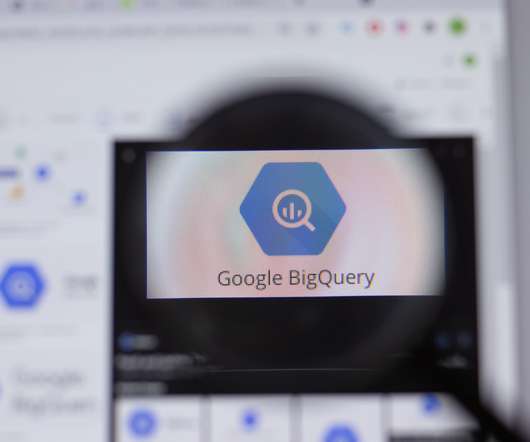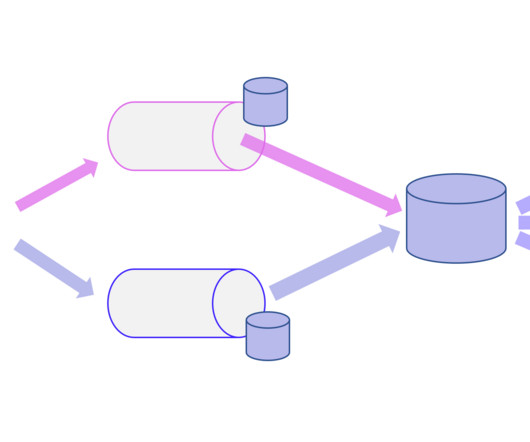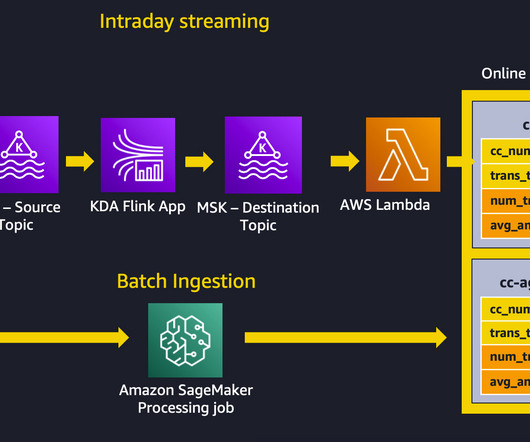Is Google BigQuery The Future Of Big Data Analytics?
Smart Data Collective
JUNE 6, 2021
While you may think that you understand the desires of your customers and the growth rate of your company, data-driven decision making is considered a more effective way to reach your goals. The use of big data analytics is, therefore, worth considering—as well as the services that have come from this concept, such as Google BigQuery.













Let's personalize your content